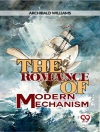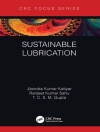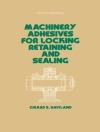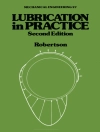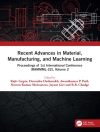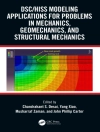This book includes my lecture notes for power electronics course course. The characteristics and operation of electronic power devices, firing circuits, and driving circuits for power converters are described and implemented practically in the laboratory. Uncontrolled and controlled, single phase rectifiers are used in various electrical power applications. DC to DC power conversion circuits are investigated. Circuit simulation and practical laboratories are utilized to reinforce concepts.
The book is divided to different learning parts
- Part1- Describe the characteristics and operation of electronic power devices.
- Part2- Describe firing and driving circuits for power electronic converters.
- Part3- Analyse the use of uncontrolled and controlled single-phase rectifiers in various electrical power applications.
- Part4- Investigate the DC-to-DC power conversion circuits used in power applications.
Part1: Describe the characteristics and operation of electronic power devices. Describe diode characteristics, types (power diode, general-purpose, and fast recovery), and connections (series, parallel and freewheeling). Describe thyristor characteristics, two-transistor model, and purpose of di/dt and dv/dt protection. Describe the power MOSFET and IGBT characteristics. Compare electronic power devices in terms of various power converter applications, frequency of operation (switching speed), rating, and switching power losses.
Part 2: Describe firing and driving circuits for power electronic converters. Describe ideal and non-ideal properties of operational amplifiers. Determine the operation of various related circuits (inverting and non-inverting amplifiers, buffer amplifier, summing amplifier) Describe the use of an operational amplifier for PWM generation, for triangular and sine wave generation, as a comparator, and its integration into a 555 timer. Explore other basic firing and driving circuits by focusing on requirements and control features such as based on specific power devices and operational amplifier.
Part 3: Analyse the use of uncontrolled and controlled single-phase rectifiers in various electrical power applications. Determine the performance characteristics of uncontrolled single-phase, half-wave and full-wave rectifiers, with resistive and inductive loads. Determine the performance characteristics of controlled single-phase, half-wave and full-wave rectifiers with resistive and inductive loads. Determine the change in power factor when using uncontrolled and controlled rectifiers. Define input distortion and displacement factor. Describe how power inversion may be achieved by varying the firing angle in controlled rectifiers.
Part 4: Investigate the DC-to-DC power conversion circuits used in power applications. State the principle of step-down and step-up operations. Explain the DC chopper classification and describe switch-mode regulators Explain the operation of buck, boost Explain the operation buck-boost regulators.
यह ईबुक खरीदें और 1 और मुफ़्त पाएं!
भाषा अंग्रेज़ी ● स्वरूप EPUB ● ISBN 9791220241885 ● फाइल का आकार 8.6 MB ● प्रकाशक Dr. Hidaia Mahmood Alassouli ● प्रकाशित 2020 ● डाउनलोड करने योग्य 24 महीने ● मुद्रा EUR ● आईडी 7720662 ● कॉपी सुरक्षा के बिना


